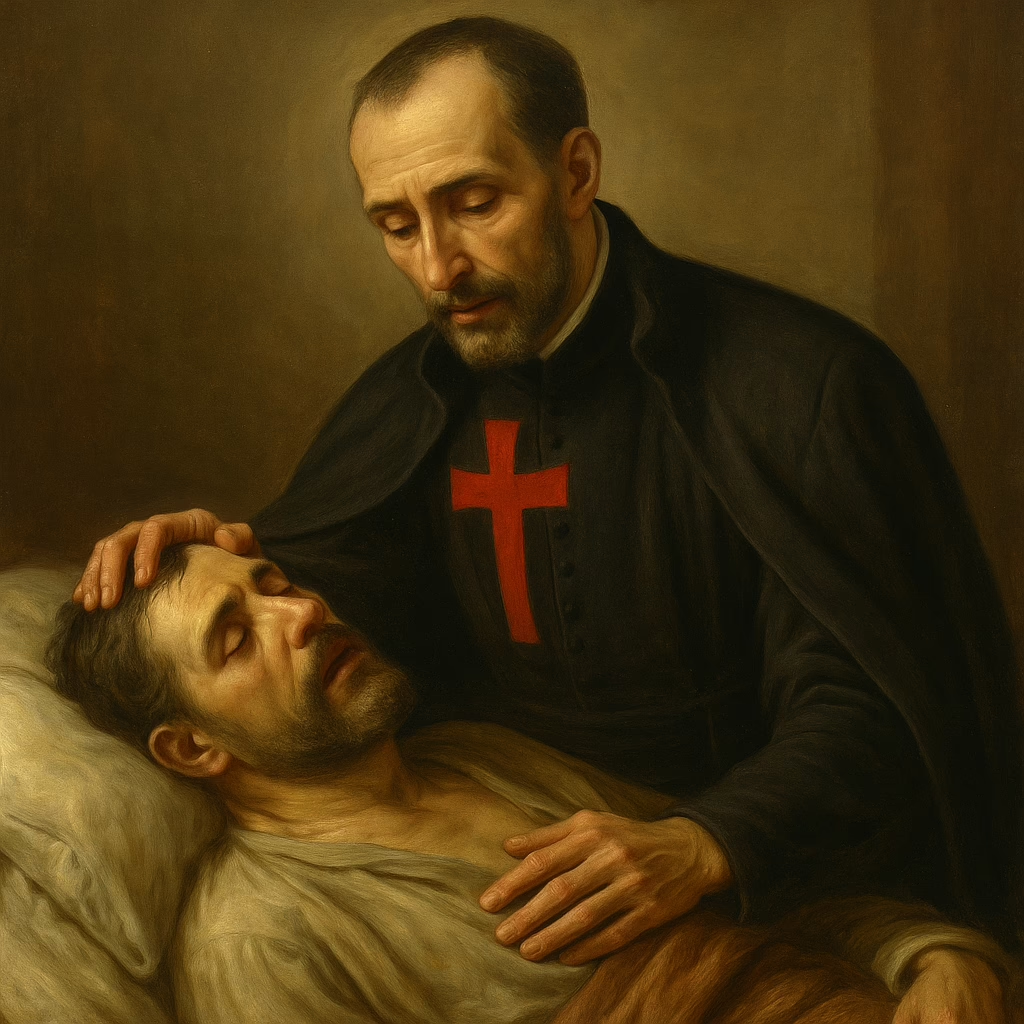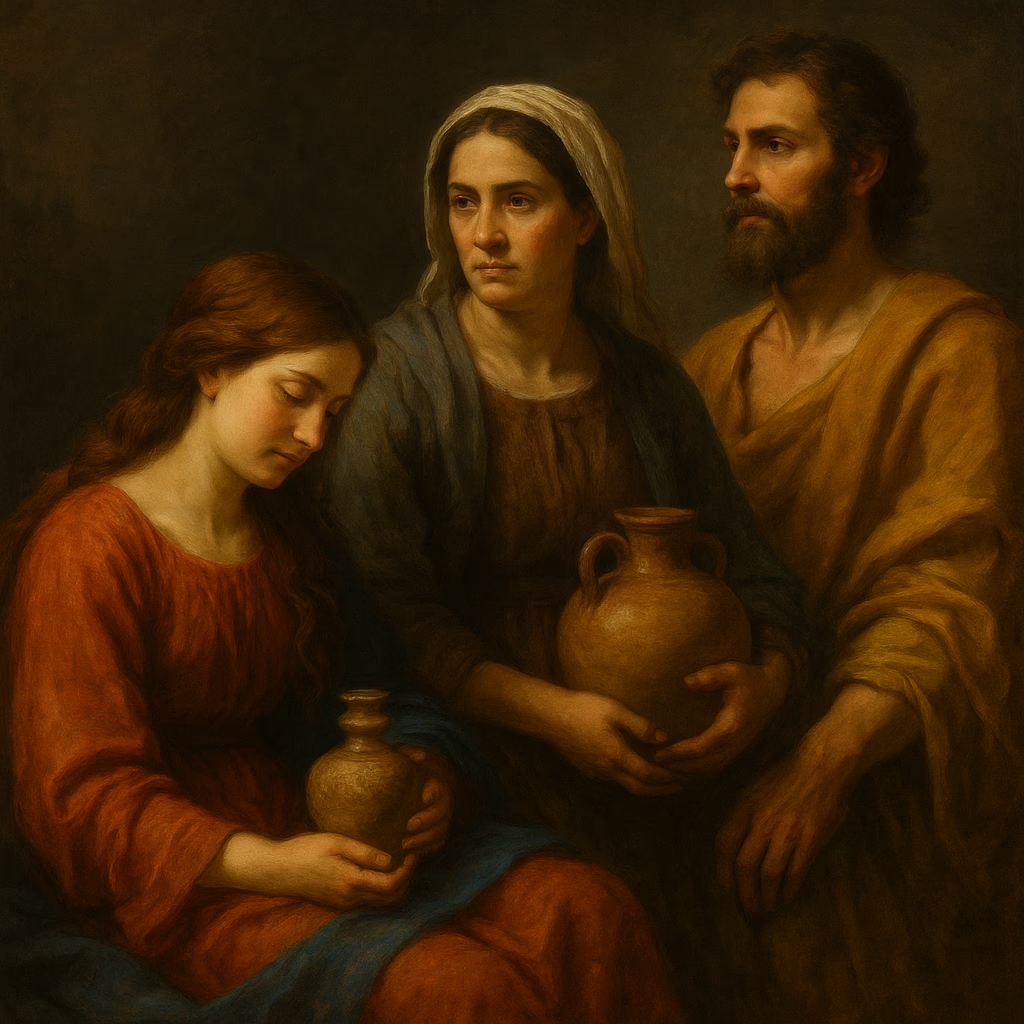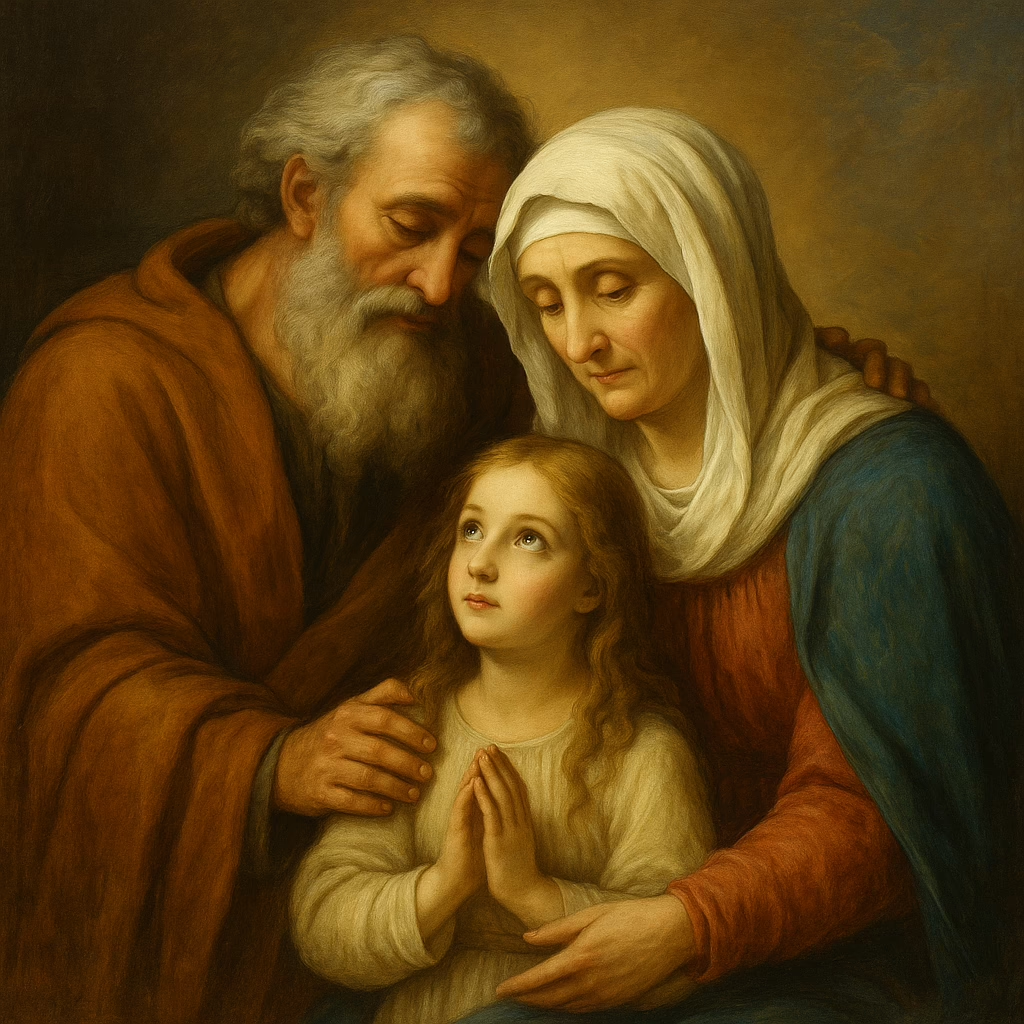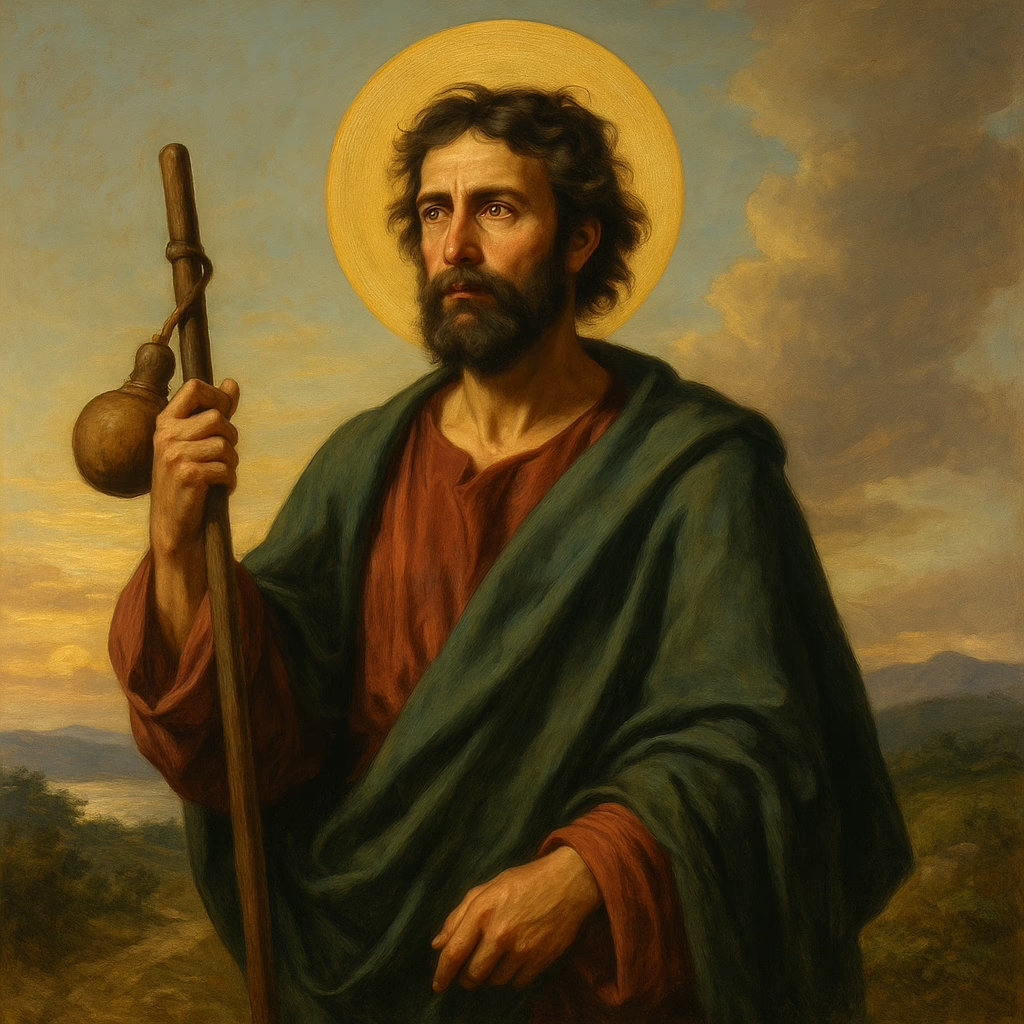Discovering the Life and Legacy of Saint Camillus de Lellis, Priest
Introduction: A Journey of Transformation
From soldier to saint, the life of Saint Camillus de Lellis exemplifies a profound journey of transformation. Once a man entangled in the turmoil of war and addiction, he emerged as one of the most significant figures in Catholic history, known for his unwavering devotion to the care of the sick and poor. As the patron saint of hospitals and nurses, Saint Camillus de Lellis is a symbol of compassion and selflessness. This blog post will explore the key aspects of his life, the miracles he performed, and the teachings he imparted.
1. Early Life and Turning Point
1.1 Childhood in Bucchianico
In the picturesque town of Bucchianico, nestled in the vibrant Abruzzo region of Italy, a young boy named Camillus de Lellis was born in 1550, into a family that could hardly have known the path he would forge. His childhood was marked by familial struggles and the ever-present shadow of gambling, a habit that would later test his character and fate. By 1574, the young soldier found himself destitute in Naples, his life marred by his compulsive gambling. Yet, it was amidst this adversity that Camillus' life began to take a pivotal turn. For those interested in delving deeper, a detailed biography of Saint Camillus offers further insights.
1.2 Transformation through Suffering
It was not merely circumstance but a painful affliction that redirected Camillus's path—a diseased leg that forced him into the role of a patient himself. In a twist of divine irony, his suffering ignited within him an empathetic commitment to the sick, turning pain into purpose. Despite his rejection from the Capuchin Order due to his condition, Camillus found a new calling. This personal suffering, as emphasized in Catholic teaching, is often seen as a pathway to spiritual growth and service to others.
2. Founding of the Camillians
2.1 Establishment of the Order of Clerks Regular
In Rome, under the spiritual guidance of St. Philip Neri and with the blessing of Pope Sixtus V, Camillus founded the Order of Clerks Regular, Ministers of the Infirm, in 1586. The Camillians' mission was clear: to offer compassionate care to the sick and impoverished, reaching those left behind by society. This order stands as a testament to his vision, and it was formally recognized by Pope Gregory XV in 1591.
2.2 Impact During Plagues
The world of Saint Camillus was not free of its epidemics and crises. During the devastating plagues that swept through Rome, the Camillians distinguished themselves through their courage and devotion, often risking their own lives to aid the plague-stricken. They established the very first field medical units for wounded soldiers, a concept revolutionary in its compassion and practicality. His contributions to medical history and compassionate-driven care remain a guiding light to present-day healthcare practices.
3. Miracles and Divine Intervention
3.1 Gifts of Healing and Prophecy
Saint Camillus de Lellis was known not only for his earthly works but also for his miraculous gifts of healing and prophecy. His service to the sick, even when his own health failed him, was nothing short of miraculous. These gifts played a crucial role in affirming his saintly life, echoing Pope John Paul II's sentiment: "The saints provide living models of virtue and faith, illuminating the path for us all."
3.2 Posthumous Miracles and Canonization
Saint Camillus's story did not end with his death on July 14, 1614. Following his death, the Church recognized numerous miracles attributed to him, culminating in his beatification in 1742 and canonization by Pope Benedict XIV in 1746. The canonization details provide a deeper understanding of the Church's acknowledgment of his saintly life and works.
4. Lessons and Teachings from Saint Camillus
4.1 The Call to Compassionate Care
Camillus's teachings emphasize the significance of serving the sick and poor, rooted in Catholic values of charity and self-sacrifice. He inspires healthcare professionals today to infuse their practice with compassion, paralleling the teachings of Pope Francis, who reminds us that "the true measure of the greatness of a society is found in the way it treats those most in need."
4.2 Embracing Self-Sacrifice
A hallmark of his ministry was the radical fourth vow to risk his own life for the care of others. This concept of "redemptive suffering" is central to Catholic thought, encouraging believers to find meaning and grace in the act of self-sacrifice. As Camillus demonstrated, such sacrifice is not an act of loss but a sacred act of giving.
5. Prayers and Devotions
5.1 Traditional Prayers to Saint Camillus
Prayers directed to Saint Camillus are a means of seeking intercession for the sick and all healthcare workers. A sample prayer for the sick might read: "Saint Camillus, patron of the sick and nurses, we pray for your intercession for those who are ill. May they receive the care and compassion they need, and may they be comforted by the presence of God."
5.2 Spiritual Practices Inspired by His Teachings
Incorporating spiritual care into daily life requires dedication and mindfulness. The role of prayer in healthcare settings is invaluable, as it nurtures both caregivers and patients, fostering an environment of healing beyond the physical.
Conclusion: The Enduring Legacy of Saint Camillus de Lellis
In reflecting on the life and legacy of Saint Camillus de Lellis, we uncover a tapestry woven with miracles, teachings, and an indomitable spirit of service. His dedication to caring for the sick and oppressed continues to inspire, reminding us of the timeless relevance of his message. Saint Camillus de Lellis stands as a model of compassion and selflessness, urging us to walk paths of service in our own lives.
Call-to-Action: Consider how you might incorporate the virtues of Saint Camillus into your own life. Reflect on opportunities to serve and heal in your community, inspired by his example.
For further reading, consider exploring "Saints: A Year in Faith and Art" for more inspiring narratives: Saints: A Year in Faith and Art on Amazon.





